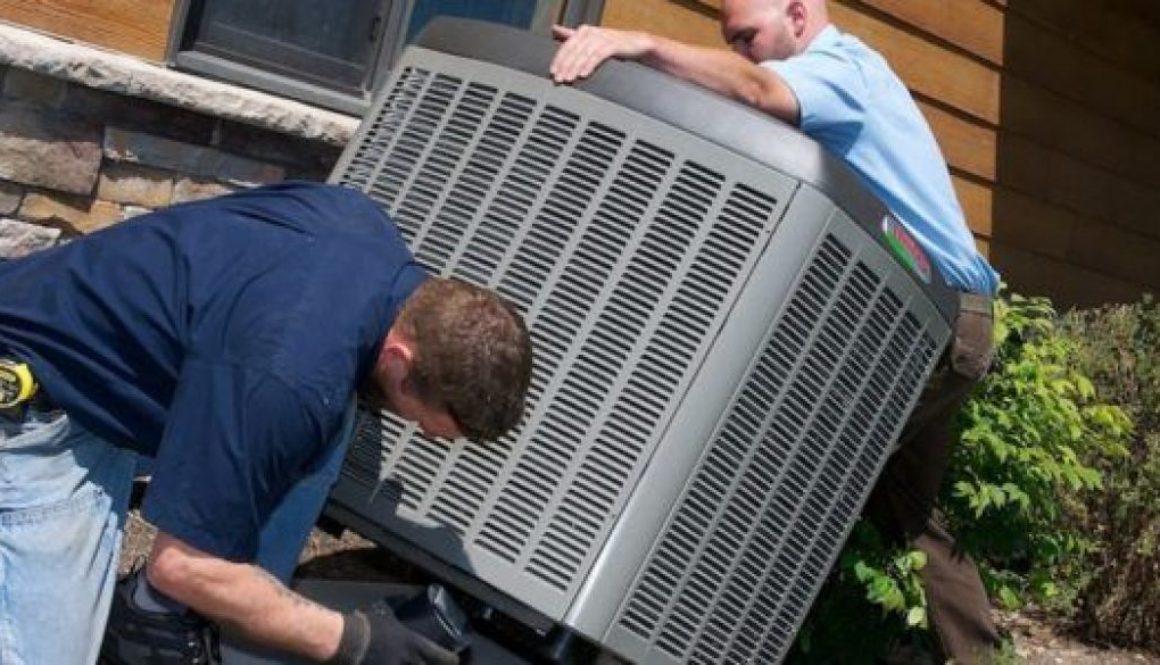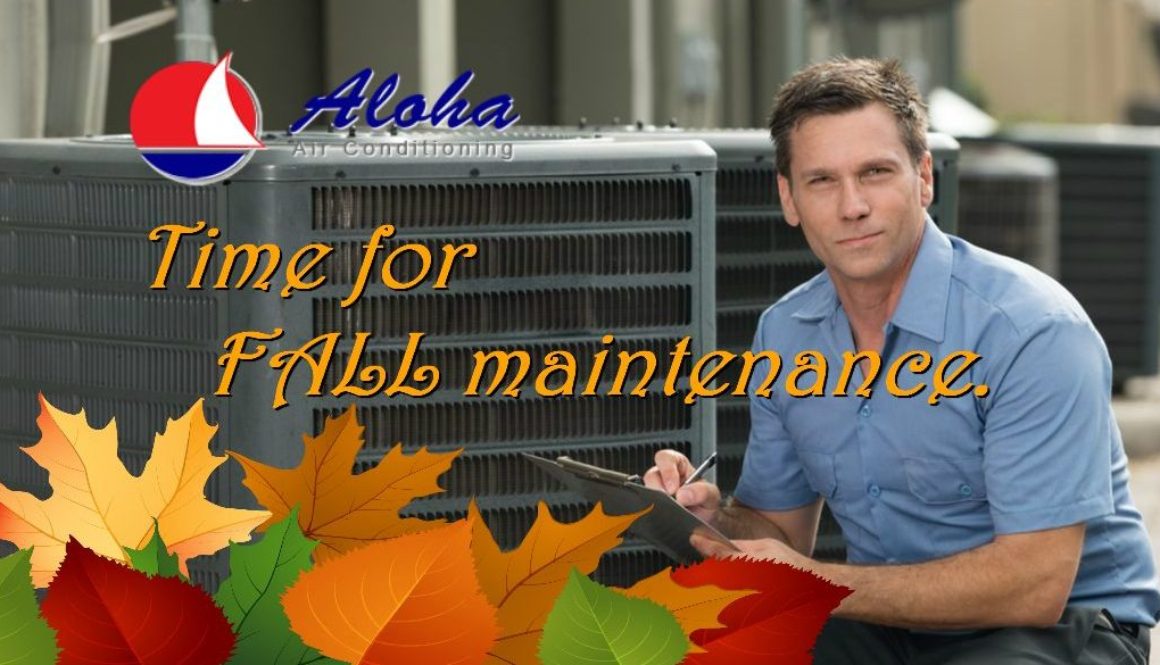Guide to select the best AC Equipment
Provided by : Consumer report
If summertime temperatures leave you hot under the collar, you’re not alone. More than 75 percent of U.S. homes use air conditioning, and 90 percent of new homes are equipped with central air. And eco-conscious consumers will be gratified to know that today’s air conditioners are more energy-efficient, which means they cost less to run while keeping you cool and comfortable.
Installing or replacing central air can be a huge expense, so you’ll want to get it right. To ensure that you have the best advice, we surveyed almost 22,000 Consumer Reports members about new central air-conditioning systems they bought and installed between 2007 and 2018. We learned how satisfied they were overall with their purchase, the cost of repairs, how many systems break, and which parts break most often.
Check CR’s exclusive predicted reliability ratings for central air conditioning systems.
Reader Reliability Results
For our reliability survey, we focused on conventional air-conditioning systems, which are more common in areas with wide temperature swings. In areas with more moderate cooling and heating needs, heat pumps are a good option. (You can check their reliability in our heat pump buying guide.)Reliability Ratings for Central Air
Central Air-Conditioning Types
The most common type of central air conditioning is the split system, which features a large, boxy condenser outside the home and a fan-and-coil system inside, connected by pipes carrying refrigerant. The air is distributed through ductwork. However, not every home can accommodate the ductwork needed to install central air. Split ductless systems are an option for those homes because, as the name indicates, they don’t require ductwork.
Central Air Conditioning
A true central air-conditioning system uses ducts to distribute cooled air throughout the house. In a “split system,” the most common design, refrigerant circulates between an indoor coil and a matching—meaning from the same brand—outdoor condenser with compressor (see illustration, below). The refrigerant cools the air, dehumidifying it in the process; a blower circulates air through ducts throughout the house. A thermostat maintains the temperature at the setting you select. A variation is the “heat pump,” a type of system that functions as heater and air conditioner.
Split Ductless Systems
Split ductless systems have an outside condenser and compressor, and one to four or more indoor blower units, called air handlers, mounted high on the wall that distribute air. The indoor and outdoor sections are connected by a thin conduit that houses the power cable, refrigerant tubing, and a condensate drain. The conduit is run through about a 3-inch hole hidden behind each air handler. Each air handler cools the room in which it’s installed, and you set the temperature with a remote control. Split ductless systems can be more expensive than window air conditioners, and professional installation is recommended. While not technically central air, the cooling they provide can feel like a central air system.
How an Air Conditioner Works
To provide cooling throughout the home, air conditioners transfer heat from a home’s interior to the outside.

Reliability Ratings for Central Air
Keep Your Ducts in a Row
If you are installing an AC system from scratch, your contractor should calculate the size of the cooling equipment you need by using recognized methods such as what you’ll find in the Residential Load Calculation Manual, aka Manual J, from the Air Conditioning Contractors of America (ACCA). If you already have ductwork for your heating, adding a central system can cost less.
Keep in mind that ducts used for heating might not be the right size or in the right location for optimal cooling. Your contractor should ensure that duct sections are properly sized and that there are enough supply registers to deliver sufficient air to the right spots. Undersized ductwork can make for inefficient and noisy operation. Here’s how to keep yours humming:
Keep it clean. Be sure hedges and plants are at least 2 feet away from the outside unit. Clean grills and filters monthly. Clear debris and dirt from condenser coils and check for blockages in the drainpipe.
Seal and insulate ducts. Air can escape through leaks or when ducts aren’t sealed and insulated properly, wasting 20 to 30 percent of the energy used to run your system. Sealing your ducts will keep you cooler in the summer and warmer in the winter. That’s why it’s called duct tape, not duck tape.
Seasonal checks. Once a year have a licensed professional change all filters, clean and flush the coils, drain the pan and drainage system, and vacuum the blower compartments. The contractor should also check to make sure that the system is properly charged with refrigerant, that there are no leaks, and that all mechanical components are working properly.For More Check CR’s Reliability Ratings for Central Air
Important Factors for Choosing Central AC
Size
A synonym for the air conditioner’s cooling capacity, size is measured in British thermal units per hour (Btu/hr.) or in “tons.” One ton of cooling equals 12,000 Btu/hr.For sizing guidance, check the Energy Star website.
Efficiency
This describes how much cooling the unit delivers for each watt of electricity. Efficiency is expressed as the seasonal energy-efficiency rating, or SEER. The minimum SEER for a split system central air conditioner allowed today is 14, so look for units with SEER ratings of 15 or greater. The higher the SEER, the more you can lower your energy costs.
Maintenance
A service plan that combines regular inspections with discounts on repairs and a labor warranty is worth negotiating into the overall price. Prices for such a service vary widely.
Programmable thermostats
Proper use of a programmable thermostat can reduce your cooling costs by about 10 percent. And using a box or ceiling fan, which costs little to run, can make you feel 3° F to 4° F cooler.
Upgrading an existing system
If you’re upgrading your central air, don’t assume you should buy the same-sized system. Any changes you’ve made to improve your home’s energy efficiency, such as upgrading your windows or adding insulation, can reduce your cooling needs. On the other hand, if you’ve added rooms, you might need more cooling.
Have your contractor do a load calculation based on a recognized method, such as one in Manual J from the ACCA. The contractor’s evaluation should include whether your ducts need to be resized, sealed and insulated, or replaced. Remember that an indoor evaporator coil and outdoor condenser must be a matched set from the same brand, or the performance, efficiency, and capacity might not meet expectations.
New systems are 20 to 40 percent more efficient than minimum-efficiency models made even 10 years ago. Costs will vary and can depend on whether you need ductwork installed, and the particular size and configuration of your home.Reliability Ratings for Central Air Conditioning
Installation: Find the Right Contractor
Whether you’re replacing an older air conditioner or installing one for the first time, finding a trustworthy contractor to install and service an air-conditioning system matters the most. Here’s what to do.
Ask around. Seek referrals from neighbors, family, or business associates. It’s wise to get price quotes from at least three contractors.
Check their background. Contractors who bid on your installation should show you verification of bonding and insurance, plus any required contractor’s licenses. Check with your local Better Business Bureau and consumer affairs office for complaint records. It’s a plus if technicians are certified by a trade organization, such as North American Technician Excellence or HVAC Excellence, to service residential heating and cooling equipment. Those and other similar programs assess the technician’s knowledge of specific types of equipment and their proper service methods.
Get specifics. Contractors who bid on your job should calculate required cooling capacity by using a recognized method such as one found in the the ACCA’s Residential Load Calculation Manual, also called Manual J. An additional reference for assessing ductwork needs is Manual D. The calculations produce a detailed, room-by-room analysis of cooling needs. Ask for a printout of all calculations and assumptions, including ductwork design. Be leery of a contractor who bases estimates merely on house size or vague rules of thumb. Central Air Reliability Ratings
Hopefully you’ve gained some valuable knowledge from this post. If you have any further questions or would like to have one of our seasoned technicians come out and take a look at your unit, please feel free to contact the Aloha Air Conditioning office Toll-Free today at 954-368-0655







